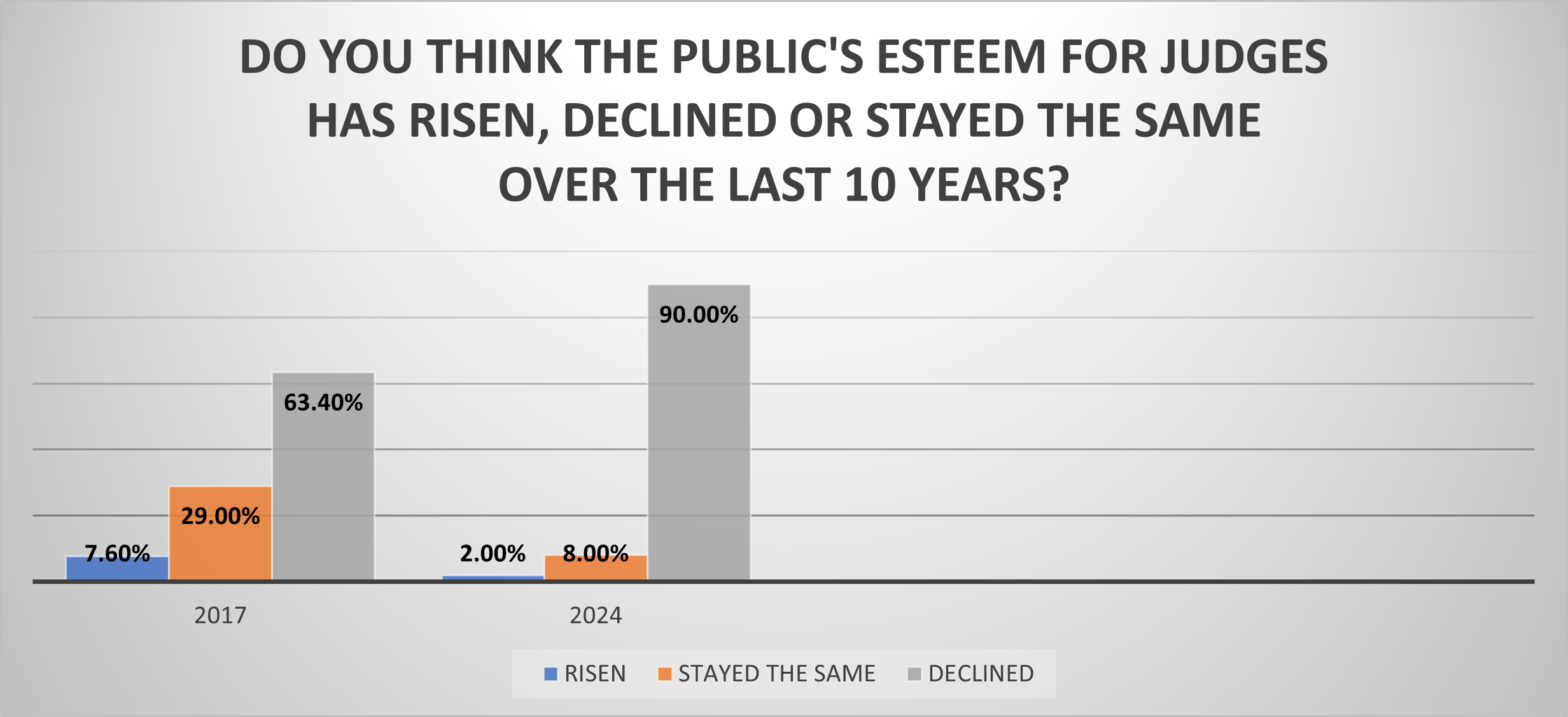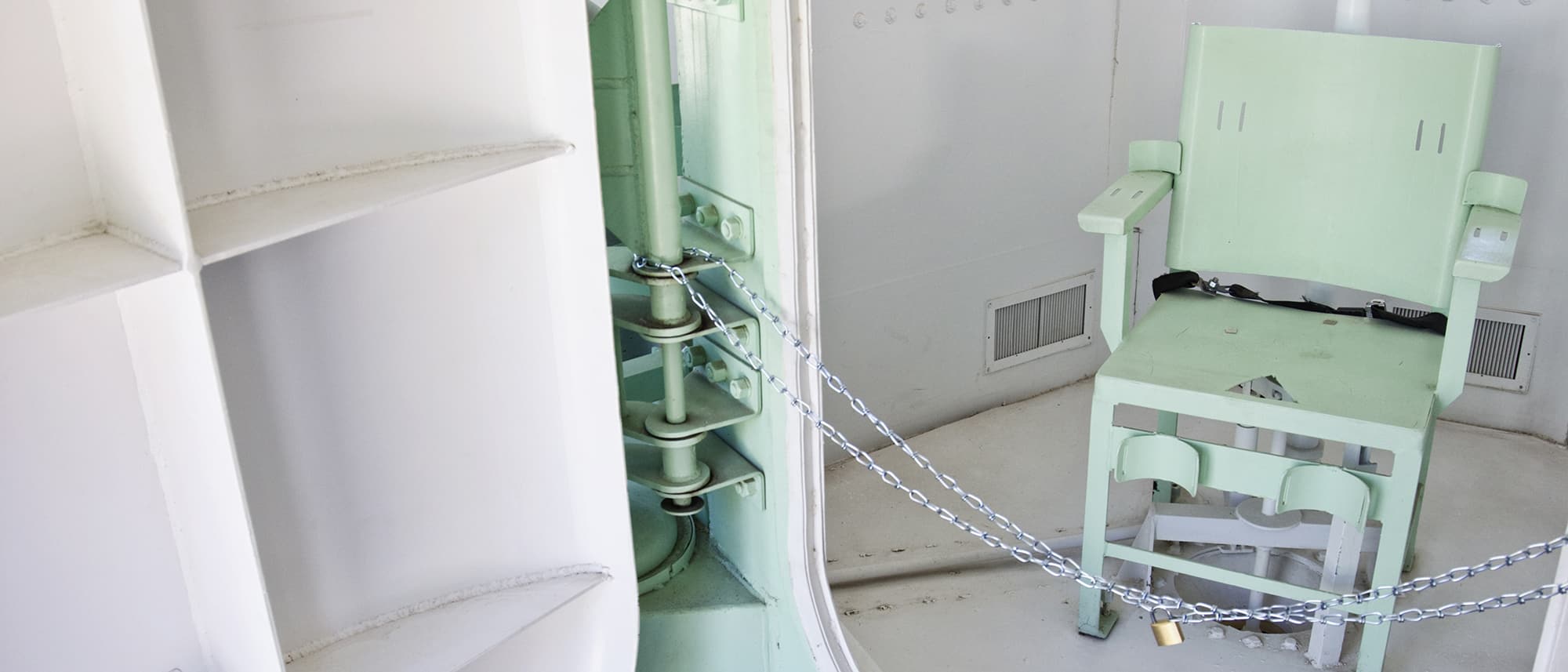

In court, the work of the interpreter is to assist all parties in communicating. When interpreters are called to court, it can be for any type of hearing — be it an arraignment, sentencing or anything in between — and to any party or participant in the judicial process. Some communities are formed by extremely diverse populations where language and cultural barriers exist. This is part of the life of an interpreter. Interpreters are proud to be a part of the judicial system and contribute to the system by bringing an LEP (Limited English Proficient) person to the level of an English speaker, thereby allowing that person the chance to actively participate in the judicial process.
Interpreters are increasingly becoming a fixture in all levels of the judicial process. Many proceedings go off without the proverbial hitch, with the judge and interpreter each recognizing the duties, responsibilities and ethical boundaries imposed on the other. However, there are times when things don’t go as planned.
Cristina Sanchez, a certified court interpreter, recalled one such occasion.
I was called to interpret in a court proceeding. As soon as I walked into the courtroom, the clerk called the case and I was informed the person who needed interpretation was a victim’s relative, a lady who wanted to speak at the sentencing of her son’s murderer. I was directed by the victims’ advocate to a lady who was extremely nervous and emotional, and quickly thrown into the task of interpreting a heart-wrenching testimony.
The judge tried to be understanding, patient, and compassionate in allowing this mother the opportunity to say her piece through me. However, the proceedings would have gone much smoother, and taken much less time, had I been given the opportunity to briefly introduce myself to the witness, make sure we were able to understand each other, and confirm there were no impediments due to any regional or cultural barriers. With just a few minutes set aside for preparation, I would have also had a chance to gather relevant information, such as names, dates and names of locations. But that was not what happened.
Certified court interpreter Araitz Ceberio recalled a proceeding where the collaborative actions of the interpreter and the judge made for a much smoother, and less disruptive, outcome:
I was recently asked to interpret for a civil proceeding. When I arrived, I was notified that I was going to interpret for a couple of witnesses; the actual parties didn’t need an interpreter. The judge introduced me to the parties as the interpreter, and then asked me to go outside and talk to the witnesses to verify there were no cultural or regional barriers in the communication.
I spoke with the witnesses, telling them that I would interpret everything they said, and that I would not omit, change or add anything. I also informed them that I would speak in the first person, and asked them to speak in short sentences so that I could correctly interpret everything that was said. I told the witnesses that if I needed clarification, I would raise my hand and ask for clarification. After that, I told the witnesses I could not talk to them about anything else regarding the case and that we needed to wait to be called.
Once in the courtroom with the witness, the judge instructed everyone to speak loud and clear. This is a huge help not only for the interpreter in the room but for everyone involved in the hearing. At a couple of instances, both parties were speaking at the same time and the judge instructed them to speak one person at a time so that I, as the interpreter, could accurately interpret what was being said.
Everything the judge did in this case helped the interpreter, and helped the entire process. From an interpreter’s perspective, the best things judges can do to facilitate the interpreter’s role in a hearing is to become familiar with the duties, limitations, and responsibilities the interpreter has in the performance of his/her work. To best support the interpreter, the judge can:
- Instruct their staff and participating parties accordingly
- Consider a court interpreter as a collaborative member of the process
- Encourage his/her courtroom staff to do the same.
Taking a brief period to allow for preparation, and ensuring everyone understands their role and responsibility, will go a very long way to ensuring a fair judicial process.
Ms. Sanchez and Ms. Ceberio will provide more information on interpreters in the NJC’s Best Practices in Handling Self-Represented Litigants course, July 13-16, 2015 in Reno, NV.

RENO, NV (PNS) – As they eye their inaugural football season this fall, the Gaveliers have question marks...

In what may reflect a devastating blow to the morale of the judiciary, 9 out of 10 judges believe the publi...

RENO, Nev. (Jan. 26, 2024) — The nation’s oldest, largest and most widely attended school for judges �...

RENO, Nev. (Feb. 7, 2024) — National Judicial College President & CEO Benes Z. Aldana received the Am...

It’s the bear, by a clear majority. A bear to be called Bearister. January’s Question of the Month* ...